.jpg)
Today, the world is debating the perils of Generative AI technology as much as its promises and possibilities. Despite the flip side, this world-tilting technology has opened up a profusion of applications. But what pulsates me more than any other possibility is the harnessing of Generative AI for public good. If I make it explicit, I am rooting for this technology to redefine citizen engagement and boost participatory, last-mile democracy.
Some 25 years back, I started my career as a tech evangelist. Back then, I could spot the massive appetite for technology in government processes, workflows, and solutions. Twenty-five years is quite a significant sweep of time for generational technologies to evolve and transform ecosystems. As citizens, we couldn't be more glad that governments are now talking about emerging technologies like AI, blockchain, etc., and have deployed them to design people-first solutions. When incumbent governments seek to engage citizens better and deeper, Generative AI could be the right ammunition in their toolkit. Of course, there are risks in using this technology for bipartite government-citizen engagement. However, having ample guardrails can help public authorities harvest tangible gains that outweigh the risks.
.jpg)
How Generative AI can help?
In any democracy, citizens are empowered to exercise their democratic rights. But not many of them are well-informed to do so. Many countries or states provide little to no information to the public about policy issues, political candidates, or policy referendums. Here, Generative AI can help. AI platform applications like isidewith.com, politicalcompass.org, and theadvocates.org can help people answer questions about their core beliefs or policy positions and then help them determine which political candidates, parties, or choices are most compatible with their views. vTaiwan is one more example. vTaiwan uses a digital platform- Pol.is. Discussions on this platform have led to legislative changes on an array of topics, including regulation of the ride-hailing app Uber.
Even before the explosion of Generative AI models like ChatGPT, governments used NLP, ML algorithms, and chatbots to collect and analyze citizen feedback. Generative AI can elevate Citizen Experience (CX) to the next level. Generative AI models like ChatGPT can assist in democratizing decision-making by soliciting and processing citizen input. With ChatGPT and other Generative AI models, participative democracy can be enriched, enabling citizens to have a greater say in the decisions that shape their lives.
There are risks too…
As Generative AI develops, deception efforts will be far more sophisticated, effectively mimicking individual feedback on public policy, posing the risk of officials being duped or diverted by AI-generated content that is hard to detect. Fraudsters can manipulate perceptions of public sentiment by producing mountains of seemingly genuine policy submissions from fake stakeholders. If deployed maliciously at a sufficient scale, such efforts can undermine trust in the government and erode the government's ability to respond to the people. Besides, Generative AI systems could hallucinate by fabricating nonexistent politicians. Such systems can also generate output with political biases.
The future- AI tracking people's pulse with human in the loop
The promising future of people's democracy warrants the careful design and deployment of Generative AI models. In governance, preserving the human touch while utilizing AI's opportunities is a crucial challenge, given the importance of human contact and authenticity. Although Generative AI could enhance governance, we shouldn't automate away the relationships that make our society work. The creative (human) eye must see through the flaws and foibles of Generative AI.
This blog was originally published in Priyadarshi Nanu Pany's LinkedIn account.
















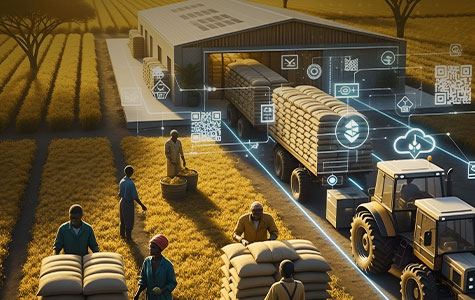





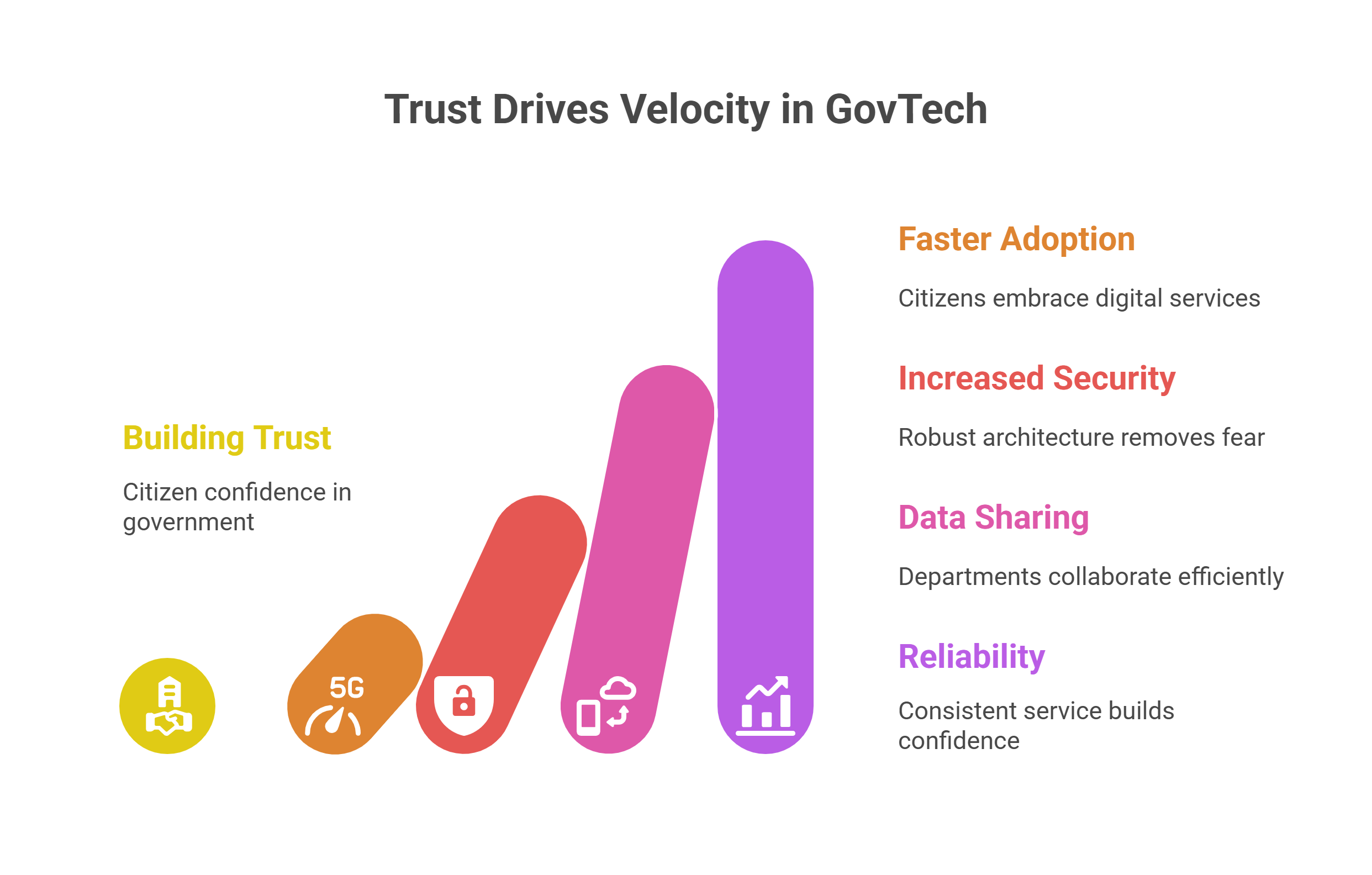
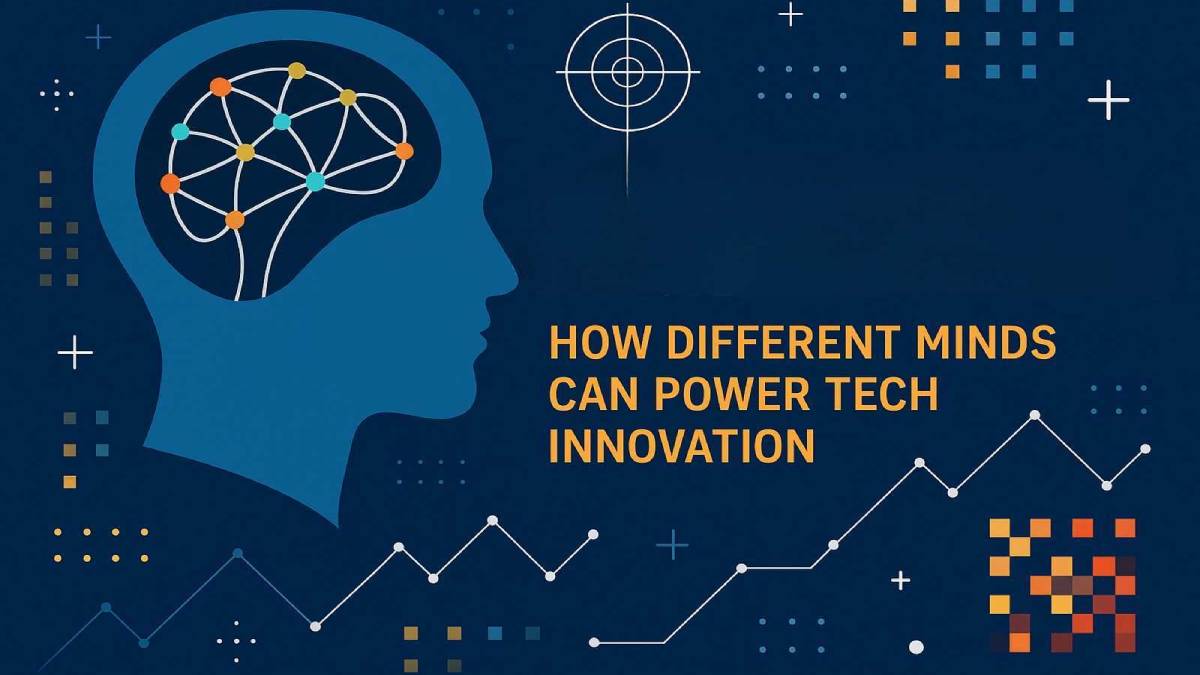
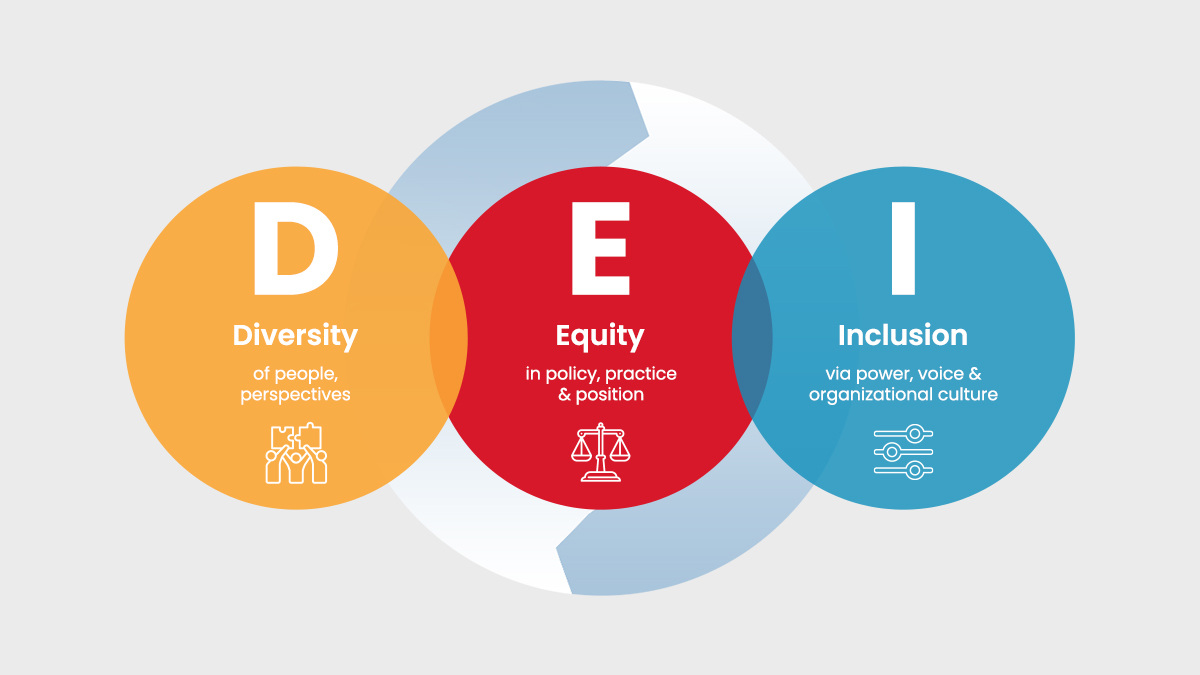


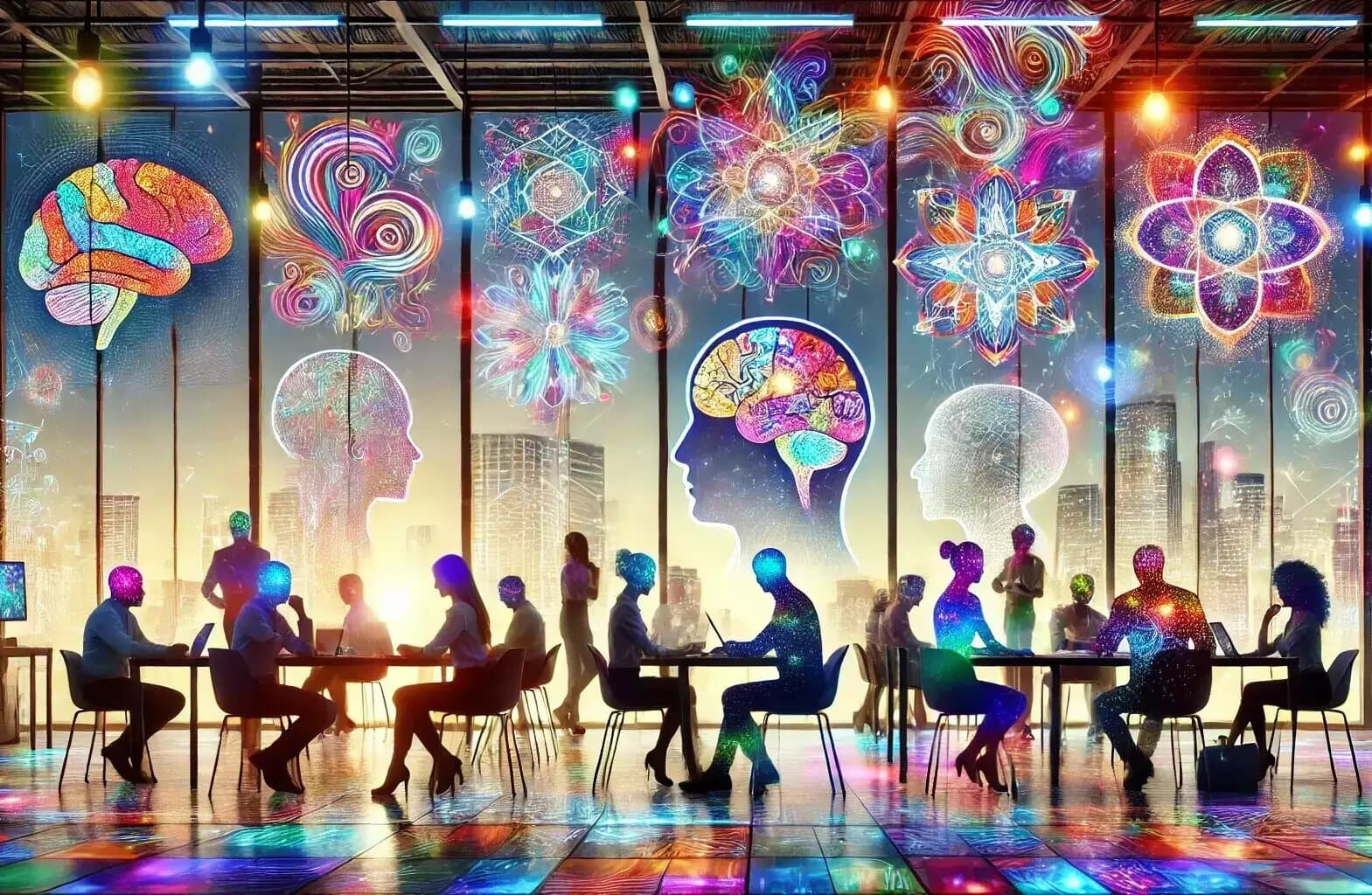

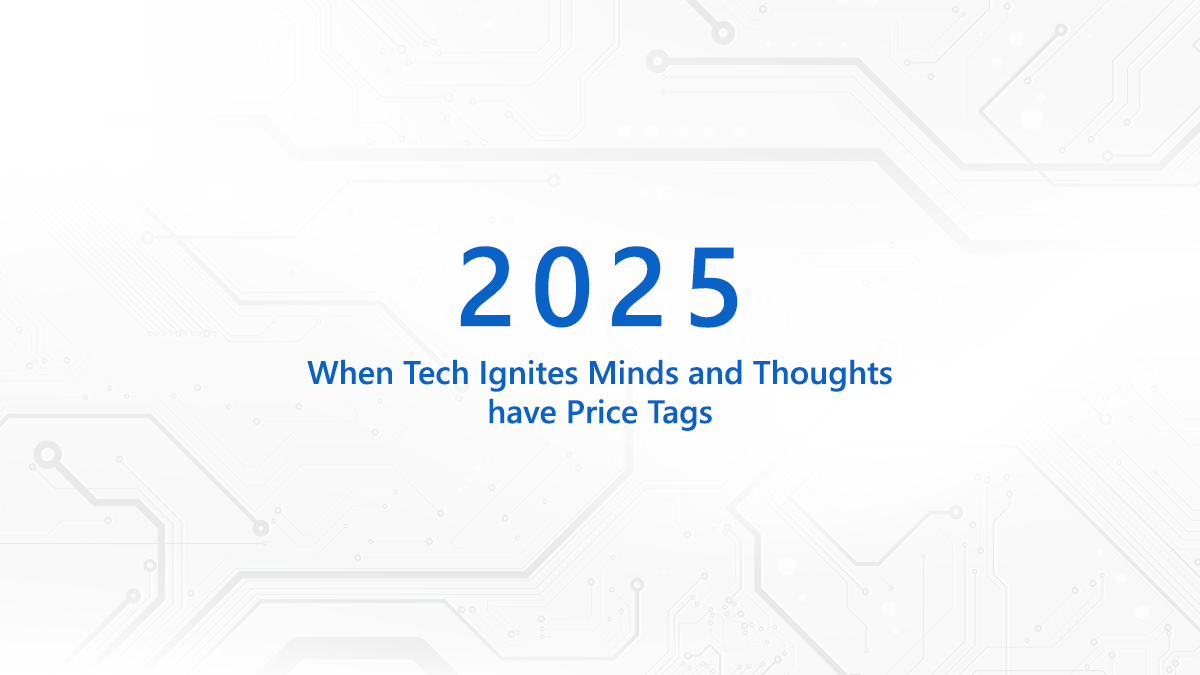
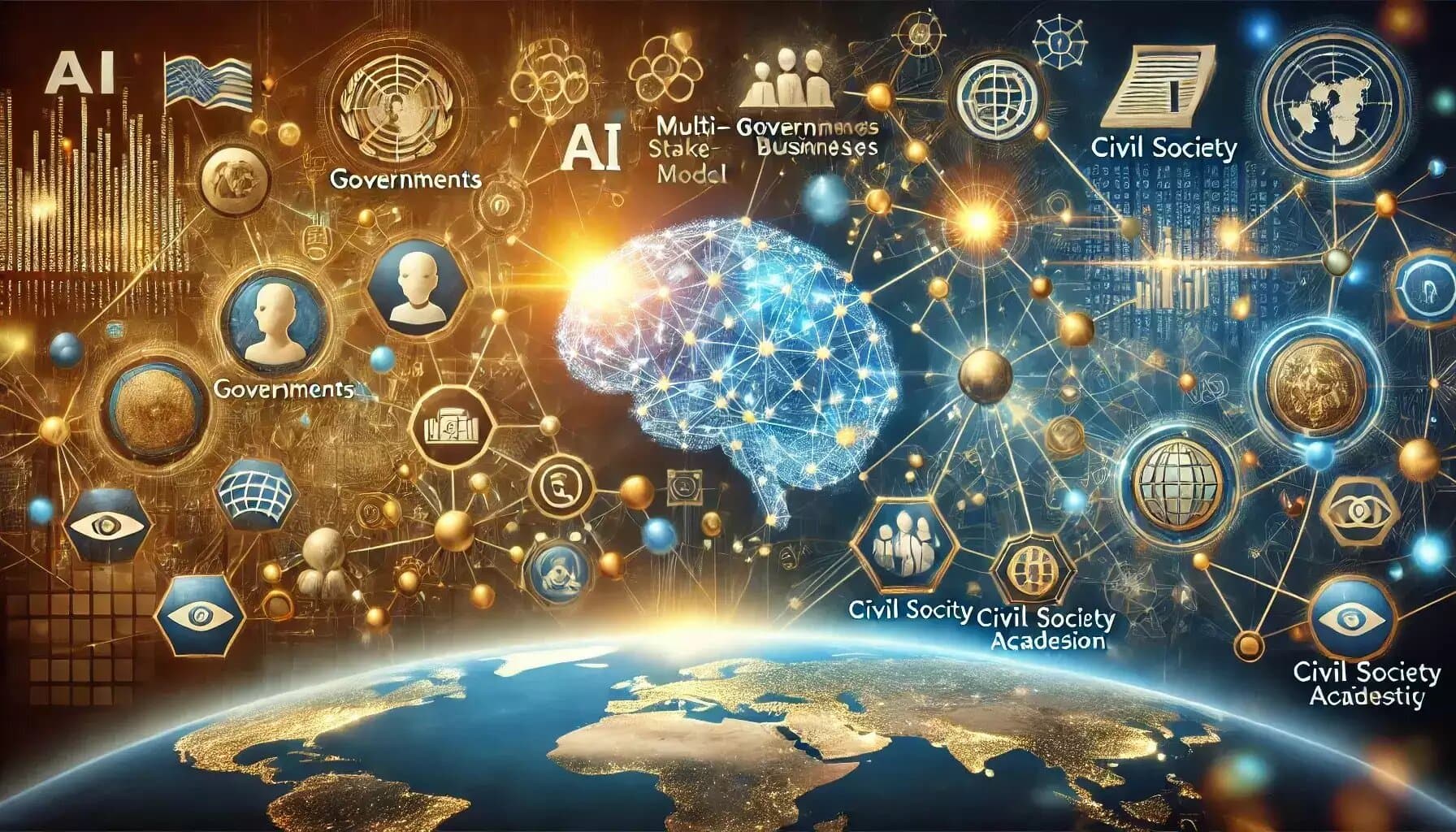






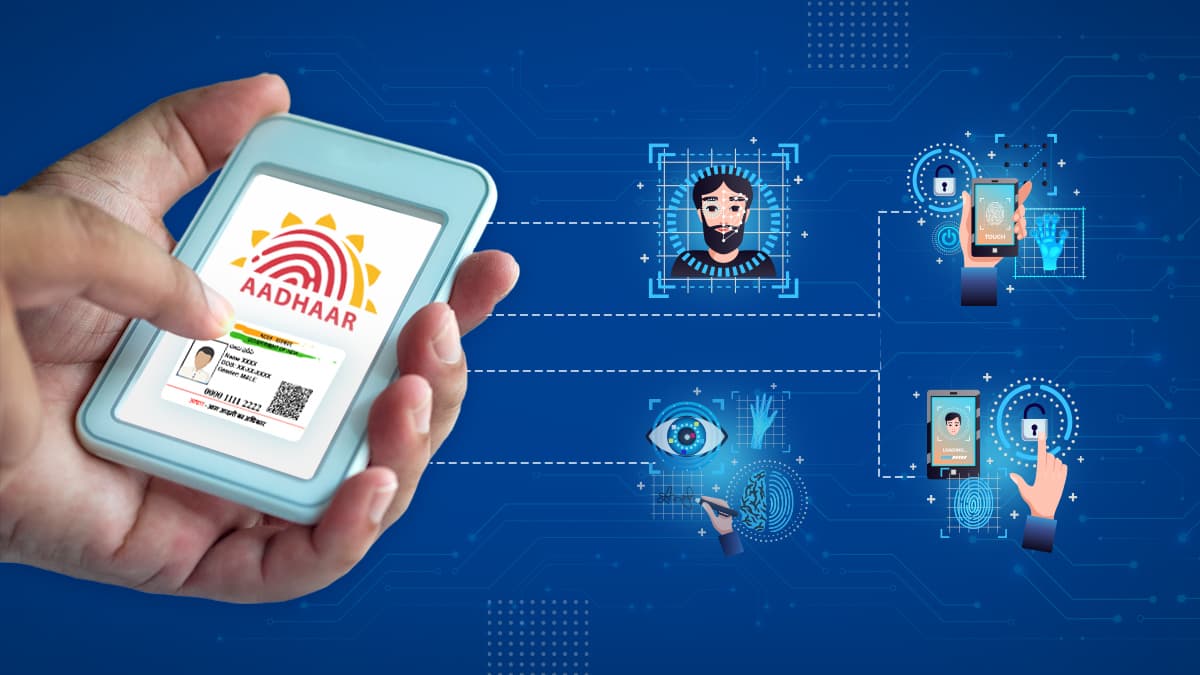




We will verify and publish your comment soon.